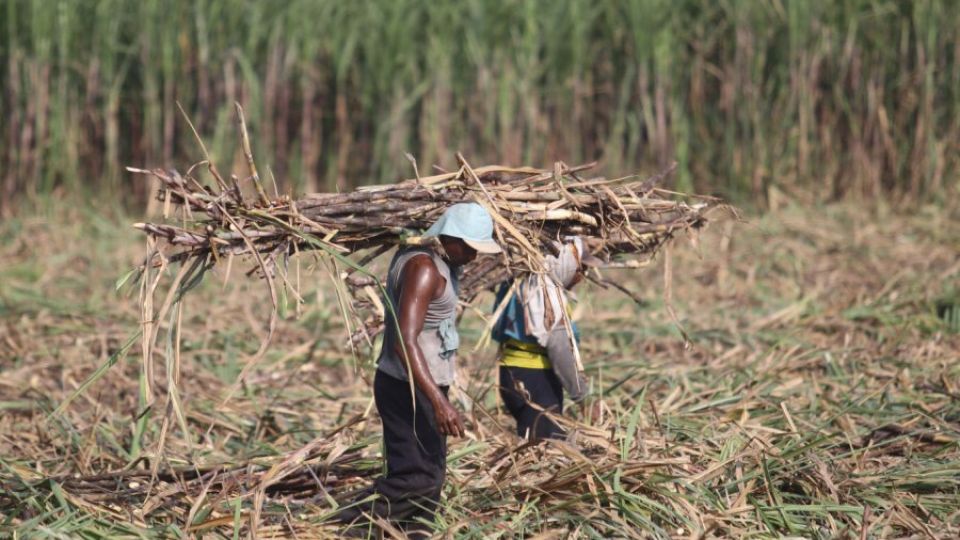JAKARTA (ANN/THE JAKARTA POST) – In pursuit of self-sufficiency and bioethanol goals, Indonesia must boost sugar production nearly 300 per cent by 2030.
To achieve this, the country aims for 9.7 million tonnes, a substantial increase from the previous year’s 2.5 million tonnes, requiring 1.18 million hectares of sugarcane plantations—far exceeding the current 489,000 hectares available.
The Indonesian Agriculture Ministry’s seasonal crops director M Rizal Ismail said at an event on Tuesday that Indonesia needed at least 13 billion sugar cane seeds to realise the 2030 target.
The country also needs to massively increase the number of sugar processing plants, he said, adding that currently there were only 58 sugar factories, spread across Java, Sulawesi and Sumatra.
For now, the ministry has targeted building 10 new factories across the country, hoping this could boost sugar production, especially by using produce from smallholders.
President Joko “Jokowi” Widodo vowed to bring Indonesia into sugar self-sufficiency when he rose to power in 2014, but almost a decade later the country remains one of the top sugar importers in the world. Imported sugar comprises more than half of the nation’s supply to meet its annual demand.
According to data from the United Nations’ Trade Map, Indonesia is the third-largest sugar importer in the world after the United States and China. Between 2016 and 2019, Indonesia exceeded China as the second-largest importer before dropping back to the third-largest.

Haris Dermawan, a representative from PTPN said at the same event that sugar production had stagnated over the past few decades, which had led to the country’s reliance on imported sugar as consumption continued to increase each year.
“How can we facilitate [an increase in production]? It includes revitalising sugar mills,” Haris said.
Indonesian local sugar mills are known to be ageing and inefficient, which in turn hampers the country’s efforts to increase sugar production.
The government has responded with plans to upgrade the existing sugar mills so they could produce at a higher rate, while simultaneously increasing the number of operating mills.
This has involved the government spinning off PTPN’s sugar production to a separate entity, called Sugar Co, since August 2021.
Haris said the company had been assigned by the government to enlarge its sugarcane plantation area to 671,000 ha in the future, an almost threefold increase from the current 180,000 ha.
Despite the large jump, Haris said the target was realistic. He argued that the country’s past success as one of the largest sugar exporters during the colonial era was evidence of its potential.
Irawan from the Indonesian Plantation and Forestry Seed Producers Association said at the same event that in order to achieve sugar self-sufficiency, the country would need to expedite sugar cane seed distribution.
This included using techniques that produced less contaminated and healthier seeds.




